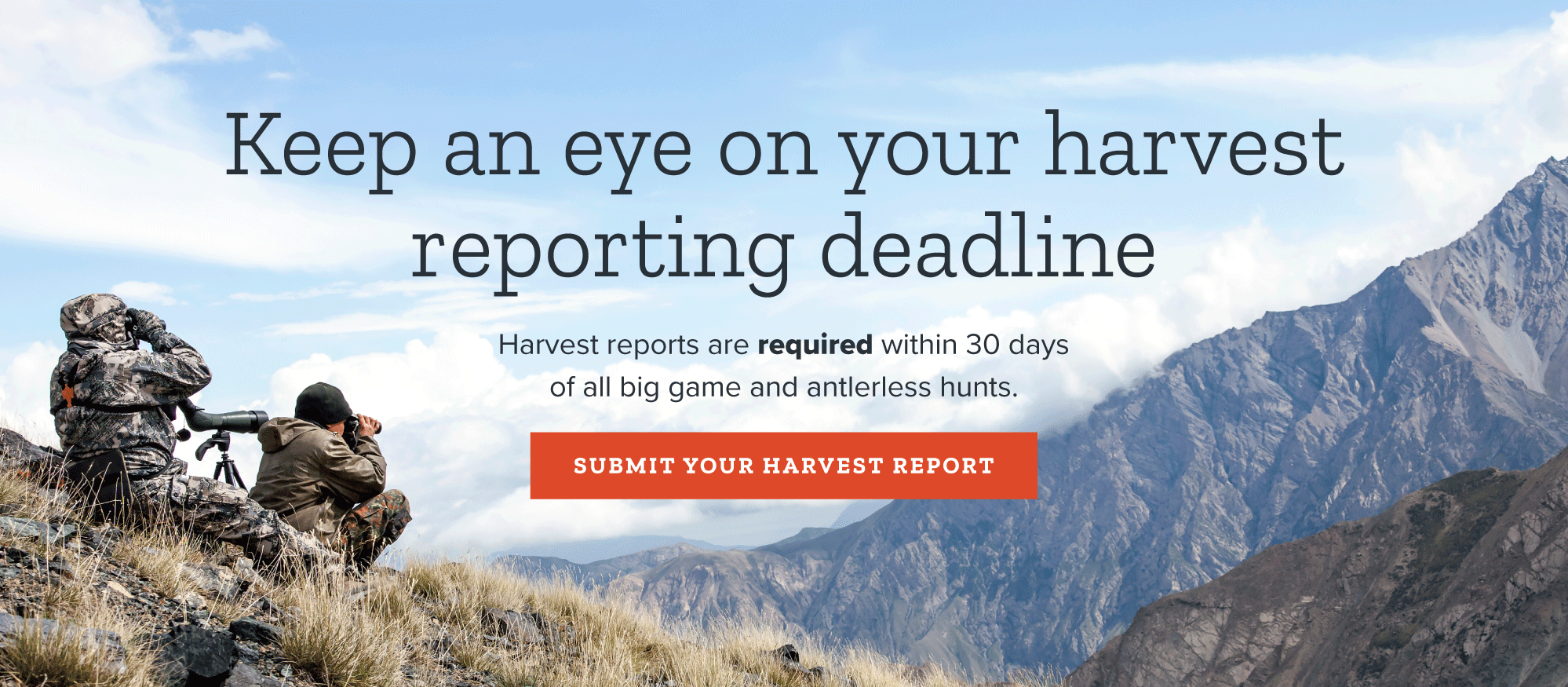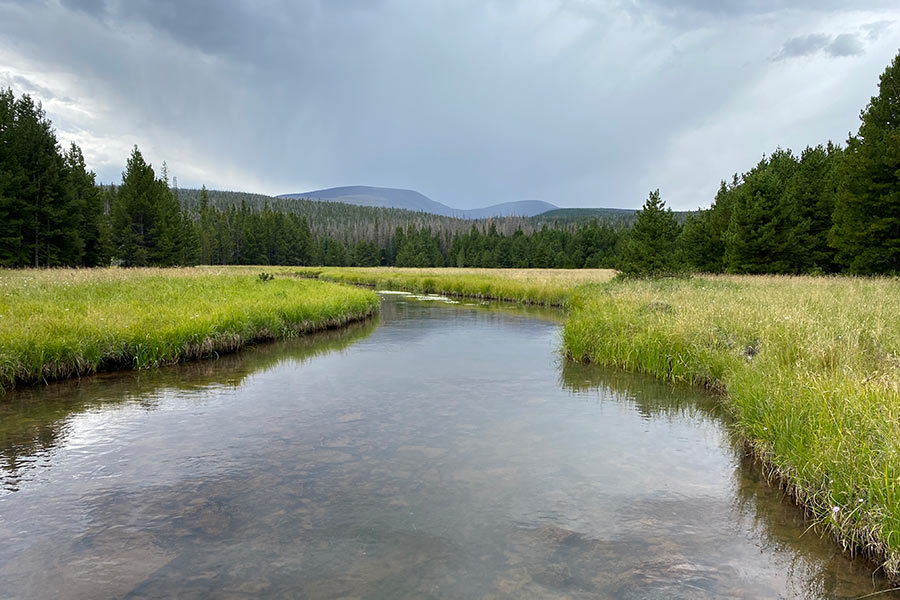DWR conducting upcoming waterbody treatments in High Uintas to help restore native cutthroat trout
Vernal — The Utah Division of Wildlife Resources will once again be coordinating with the Ashley National Forest to treat two drainages in the High Uintas in an effort to help restore native Colorado River cutthroat trout.
For the past several years, DWR biologists have treated different waterbodies on the north and south slopes of the Uintas with rotenone to help with native cutthroat trout conservation. Rotenone is a natural substance that comes from the roots of a tropical plant in the bean family. It's a respiratory toxin to fish, but it is not dangerous to people, pets or other wildlife, in the extremely low quantities that biologists use to treat streams and lakes. However, there will be a lot of crews and equipment in the area during treatments, and the U.S. Forest Service will be closing the impacted areas. The public should stay out of the area during the treatments, so the DWR can safely and effectively complete the projects.
This year, biologists will be conducting treatments in the following areas in the High Uintas:
- Oweep Creek drainage (south slope) from July 31 to Aug. 4. (The area should reopen to the public on Aug. 6.)
- South Fork Sheep Creek (north slope) from Aug. 28–30. (The area should reopen to the public on Sept. 4.)
- Daggett, Penguin, Upper Anson and Lower Anson lakes (north slope) from Aug. 28–29. (The area should reopen to the public roughly Sept. 20.)
- Porcupine Lake (south slope) from July 31 to Aug. 4. (The area should reopen to the public around Aug. 18.)
The DWR will issue an emergency change for all lakes in the South Fork Sheep Creek drainage so that anglers can harvest more fish prior to the treatments.
"The temporary closure of the treatment area only affects treated waters and prohibits the public from entering the water and obtaining drinking water from sources in the treatment area. All hiking trails and other access will remain open to public use," DWR Northeastern Region Outreach Manager Tonya Kieffer-Selby said. "The treatment areas will be well signed and will reopen after the treatment process is over and rotenone levels are no longer detectable in the streams."
A series of two to three treatments is standard protocol for effective cutthroat trout restoration. Since this is the second year of treatments in the Oweep Creek drainage, biologists will treat the Oweep Creek drainage again in 2024 and will re-treat the South Fork of Sheep Creek in 2024, and likely again in 2025.
Why are rotenone treatments done?
In addition to increasing the diversity of angling opportunities, these project treatments will help the native fish and ensure cutthroat trout populations improve. Habitat loss, breeding with non-native trout and competition from non-native trout have caused dramatic declines in native cutthroat trout populations around the West, leading to concerns about the species' future.
"As the trustee and guardian of wildlife in Utah, we're conducting Colorado River cutthroat trout restoration work across the fish's native range," DWR Regional Sportfish Biologist Bryan Engelbert said. "The activities will protect the species, while also providing people with great areas to fish for these native fish."
The treatments will remove the brook trout, non-native cutthroat trout and rainbow trout currently found in the streams. Without intervention, biologists predict the brook trout populations could completely replace cutthroat trout in these areas in less than 20 years.
After the treatments
Biologists plan to restock the Oweep Creek drainage; Porcupine Lake and its nearby streams; and the Daggett, Penguin and Anson lakes (upper and lower) in 2024, after the treatments have been completed.
The South Fork of Sheep Creek will not be restocked until the treatments are complete, most likely in 2025. The north slope treatment is part of a larger effort to treat the upper portions of streams connected to the Sheep Creek canal. The goal of this work is to create a population for cutthroat trout that will contribute to conservation of the species and keep them from being listed under the Endangered Species Act.
Angler opportunities
Even though brook trout are being removed from the treatment areas, anglers can still find them in thousands of streams and lakes throughout the Uinta Mountains. Information about different fishing opportunities is available on the interactive Utah Fish Planner map on the DWR website, so the public can easily find waters to fish by species.
The DWR is currently working on restoring native cutthroat trout to specific drainages in the Uinta Mountains (the Sheep Creek/Carter Creek drainages above the canal, Oweep Creek, Fall Creek, and Garfield drainages). The DWR plans to continue providing abundant angling opportunities for several species, including both brook trout and cutthroat trout, in the Uinta Mountains.
If you have questions about the treatment, call the DWR's Vernal Office at 435-781-9453.


















